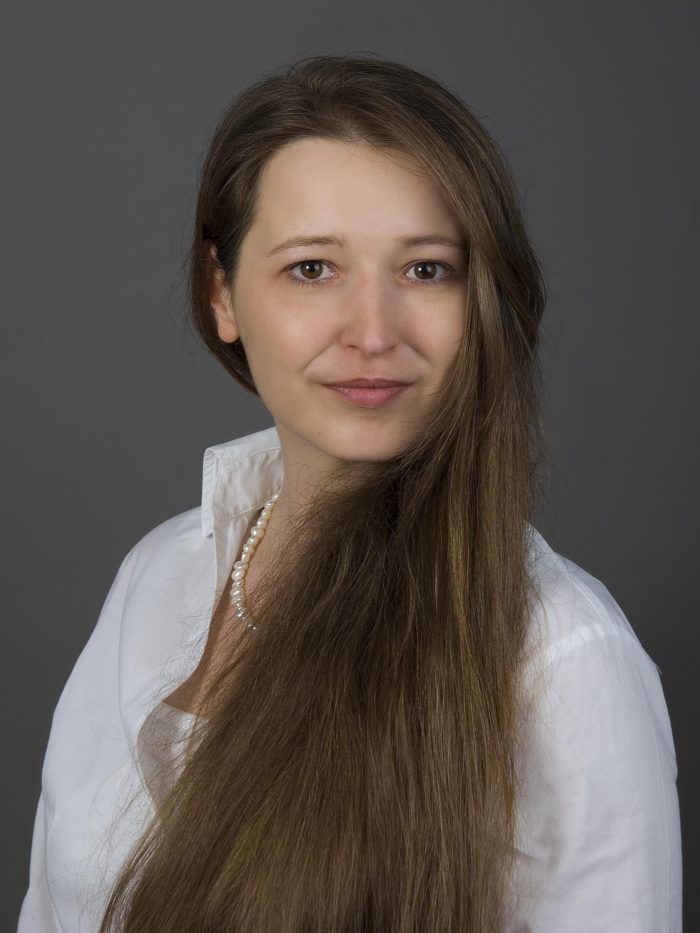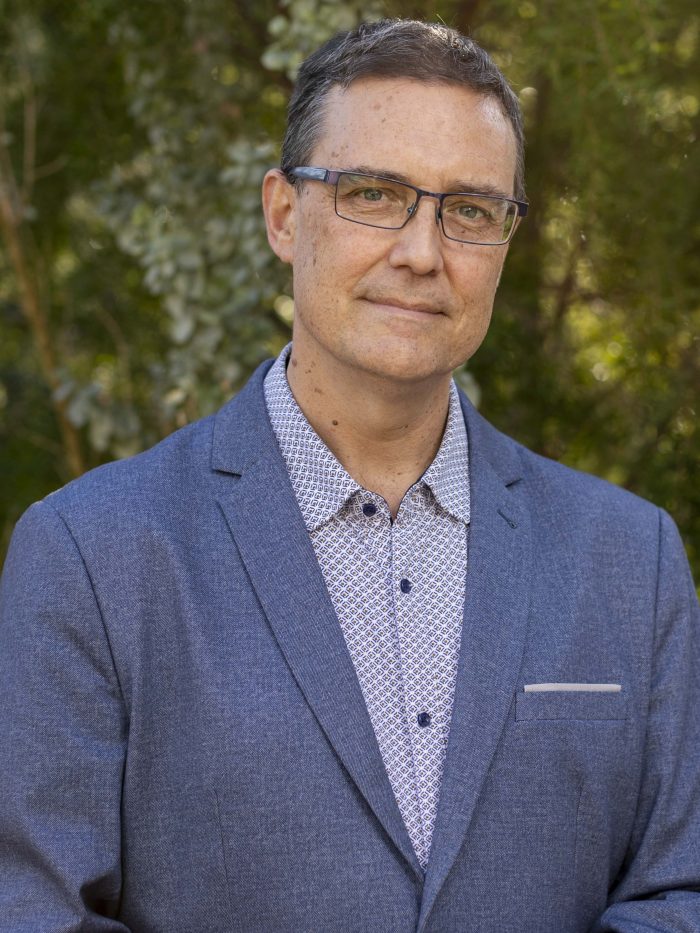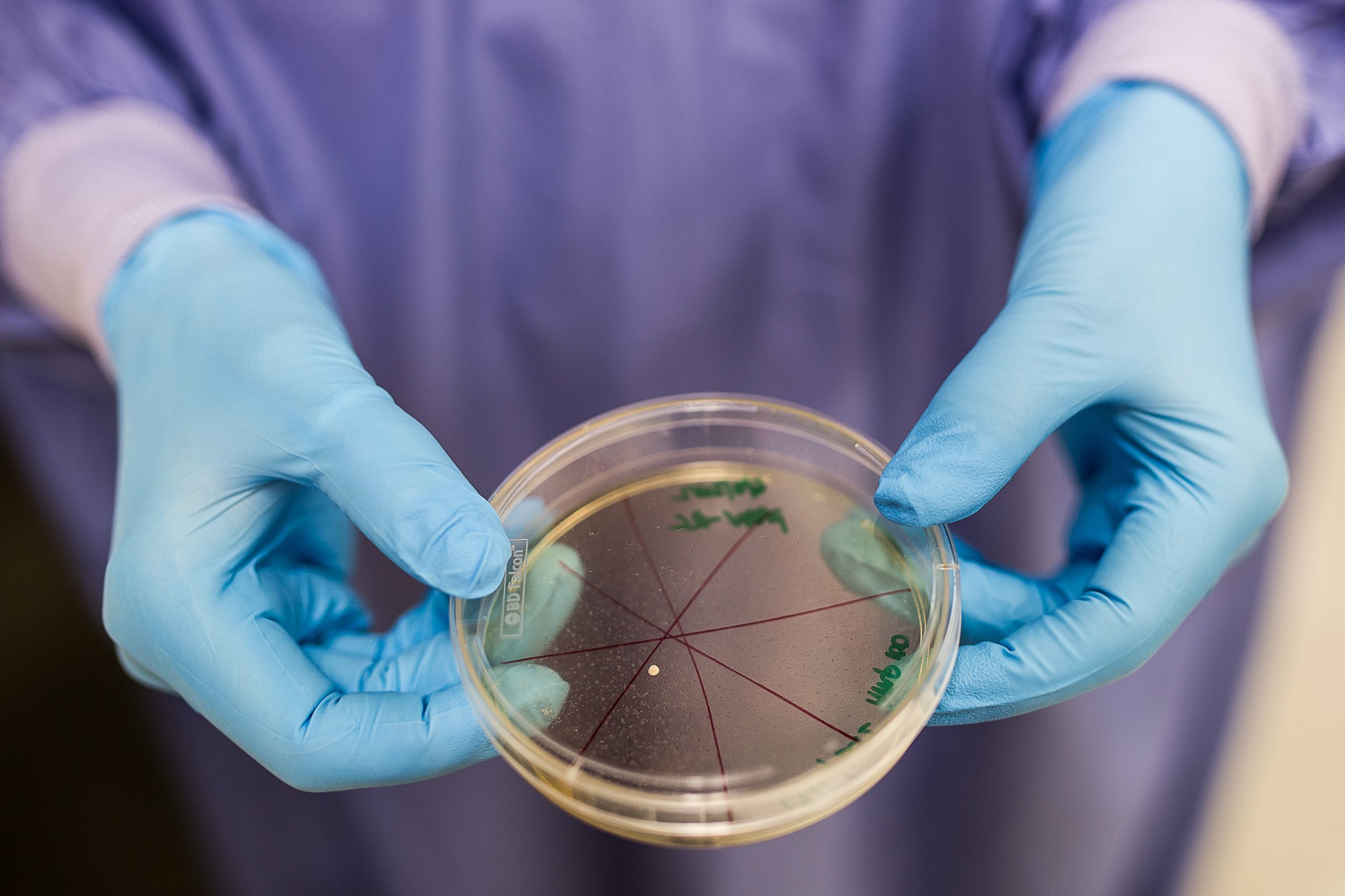

Bioconjugation & Targeting Strategies
Theme 3
We are pursuing a range of chemo-enzymatic methods, new and established click chemistry modalities, and radical routes to achieve the tripartite goal of bioconjugation and targeting strategies that are fast, specific, and biocompatible.
Harsh reaction conditions risk inactivating protein-based reaction partners, while non-specific conjugation will compromise target engagement. Chemo-enzymatic bioconjugation methodologies use biocatalysis (enzymes) to circumnavigate these problems; click chemistry and radical methods deploy fast and selective chemical reactivity to achieve conjugation.
Key approaches being developed at DART include:
- Thiol-ene click: This UV-light-induced, radical-mediated thiol-ene reaction is being deployed to modify proteins containing lysine-ε-NH[4-Pentenoic acid] and link them with thiol-containing reaction partners.
- Sortase A Bioconjugation: Bacterial sortases are thiol-containing enzymes that covalently attach proteins to the bacterial cell wall. Sortase A recognises a specific pentapeptide motif (LPETG: Leu-Pro-Glu-Thr-Gly) at the C-terminus of a protein to conjugate a protein incorporating this tag to any tri-glycine (GGG) containing substrate. GGG-Peptides of different lengths, amino-acid composition and PEG spacing units are being explored to optimise this methodology.
- Azide-Alkyne Click Chemistry: Click-chemistry – both copper(I)-catalysed and strain-promoted (‘Cu-free click’) azide-alkyne cycloaddition – is one of the fastest conjugation reactions known, tried and tested in a plethora of biorelevant contexts. Using this Nobel Prize-winning chemistry, proteins with alkyne or difluorinated cyclooctyne groups are being selectively coupled with azide-containing reaction partners to achieve conjugation.
- Hydrazone ligation: The ‘hydra-click’ method delivers a stable link between a hydrazine and an aldehyde at pH 7 in phosphate buffer. This chemistry is highly selective, stable in aqueous solution, and not susceptible to non-specific binding. We are using this approach to conjugate proteins that incorporate lysine-ε-NH[6-hydrazinonicotinic acid] to reaction partners bearing aldehyde functionality.
Theme Leaders

Dr. Karen Alt
Dr. Karen Alt
Professional Background:
Dr Karen Alt is laboratory head of the NanoTheranostics lab at the Australian Centre for Blood Diseases. Karen is widely recognised as a leader in molecular imaging for her research which employs innovative, multidisciplinary approaches and unique tools to enhance diagnostic imaging in various field of diseases.
Research Interests:
As a trained immunologist with more than 10 years of experience in health sciences research, Dr Alt is specialized in protein engineering, combining novel enzymatic and chemical protein modification techniques for molecular imaging. A central objective of her research is to develop imaging techniques to better understand the underlying mechanisms of different disease progression and the impact of therapy.


Prof. Peter Rutledge
Professional Background:
Prof Peter Rutledge is Head of the School of Chemistry at the University of Sydney. He completed his BSc and MSc degrees at the University of Auckland and a DPhil at Oxford. He held a postdoctoral fellowship and college lectureship at the Dyson Perrins Lab in Oxford, then a lectureship in the Centre for Synthesis and Chemical Biology in Dublin, before relocating to Sydney with his group in 2006.
Research Interests:
The Rutledge Group's research spans antimicrobial discovery and medicinal chemistry, biosynthesis and biocatalysis, enzyme evolution, molecular sensors, and science communication, supported by $5 M in research grant income to date from sources including the ARC, NHMRC, NBCF, CSIRO, and Science Foundation Ireland. DART Centre projects focus on design and synthesis of metal-binding agents for targeted radionucleide delivery.







